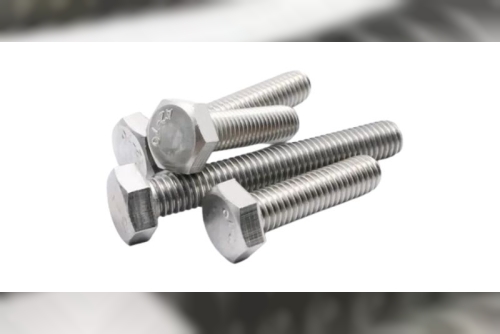Why do insects need legs? There seemed to be only one definite answer to this question: of course, for movement. In fact, insect legs have several functions.
The class insects belongs to the arthropod type. This name confirms the features of the structure of the legs in insects: they consist of several segments. The main segment attached to the corresponding segment of the chest is called the coxa. The basin has a strictly defined shape. It differs in different types of insects. In some representatives, the basin looks like a ball or a transverse cylinder, in others it looks like a cone or a wide sheet. The mobility of the limb depends on the shape of the basin. The smallest segment is called trochanter. Sometimes it is double. The swivel is motionlessly articulated with the thigh.
The function of the limbs of an insect depends on the environment in which it lives, how it feeds and protects itself. Therefore, the legs of different species are adapted for digging out passages, burying dead animals, making nests, protecting against attack, grabbing food, jumping, swimming, running.
The structure and types of limbs of insects
Adults of the insect class have three pairs of limbs. The thoracic region of their body consists of three segments, each of which carries one pair of legs. They are attached to the underside in the thoracic region.
Insects are the class in the type Arthropods with the most extensive species diversity.
Since insects belong to the type of arthropods, a limb of any type consists of several segments, communicating with each other according to the principle of a lever. The limbs have a main segment that is attached to the thoracic segment of the body. Such a segment is called a basin. In different types of insects, it has its own, strictly defined shape.
Characteristics of the functions of the main types of limbs of insects
Any type of limb allows insects to perform various vital functions and make it possible to adapt to various changes in the environment, the dynamics of which is sometimes very sharp.
The running and walking legs of insects are considered the most ancient. The remaining types of limbs appeared in the process of long development, and, as a rule, are associated with various adaptations to environmental conditions. Running and walking legs allow insects to carry out basic types of movements and master various habitats.
As for the running limbs, they have an elongated shape, all their sections are thin, very graceful. This type of limb is more typical for ground beetles and cockroaches.
Walking legs are designed for slow movement. Such legs are in beetles, leaf beetles, which slowly gnaw at leaves. The movements of the walking legs provide a kind of "crawling" of insects and this is very convenient for them in case of need to seek shelter.
The swimming limbs of insects are also interestingly arranged. The hind legs, less often the middle legs of insects, become swimming. They are covered with long hairs and form a crest surface - an oar. Insects, which have limbs of this type, swim great, and also dive (for example: beetles - swimming beetles, water lovers).
Jumping legs are characteristic of the Orthoptera order. These include locusts and crickets. The last pair of legs of such insects is very powerful and can allow the insect to rise up to 8 centimeters in height. When spreading their wings, these insects can make a jump, the length of which is up to 10 meters.
Digging legs are typical for beetles, dung beetles and May beetle. The front legs usually become digging. They can be powerful, flat, short. Depending on the density of the soil in which the insects are located, their digging limbs may slightly change in shape.
Gathering limbs are characteristic of bees and bumblebees. On the posterior parts of such limbs, there are baskets or special areas with long chitinous hairs. In this case, the bees move from flower to flower and get dirty in the pollen adhering to the hairs of the body. The bee collects pollen in baskets with special brushes located on the paws. The collecting legs allow the insects to collect pollen. The work of the collecting limbs is the most important example of the implementation of the relationship between the different kingdoms of living organisms, which allows you to maintain the integrity and unity of the organic world. Without collecting limbs, the process of pollination of plants would not have been possible. It is very important for plants to attract pollinators, since without them the process of reproduction and the transition to a new stage of development becomes impossible. And insects, in turn, receive a breeding ground for themselves.
Grasping legs are developed in praying mantises. They are equipped with very sharp thorns, with which the predator keeps its own prey. Therefore, the hunting of these insects is very effective. Grasping limbs are also characteristic of some locust representatives. Since the number of predatory insects is quite large, limbs of this type are very widespread wider than limbs of another type.
Suction limbs are characteristic, for example, of swimming beetles or ground beetles. There are widened segments at the ends of such legs. When breeding, these devices are necessary for the males to embrace the females.
On the front legs of many insects, especially representatives of the order Hymenoptera and butterflies, there is an apparatus for cleaning antennae, spiracles and other parts of the body. It is a notch at the end of the tibia with a comb of rigid setae and spines on the first tarsus segment. With this device, insects put their appearance in order.
Thus, the limbs of insects have the widest adaptation. Largely due to such a high diversity of their own structure, the limbs allowed insects to spread widely in all habitats and achieve a high degree of species diversity.












